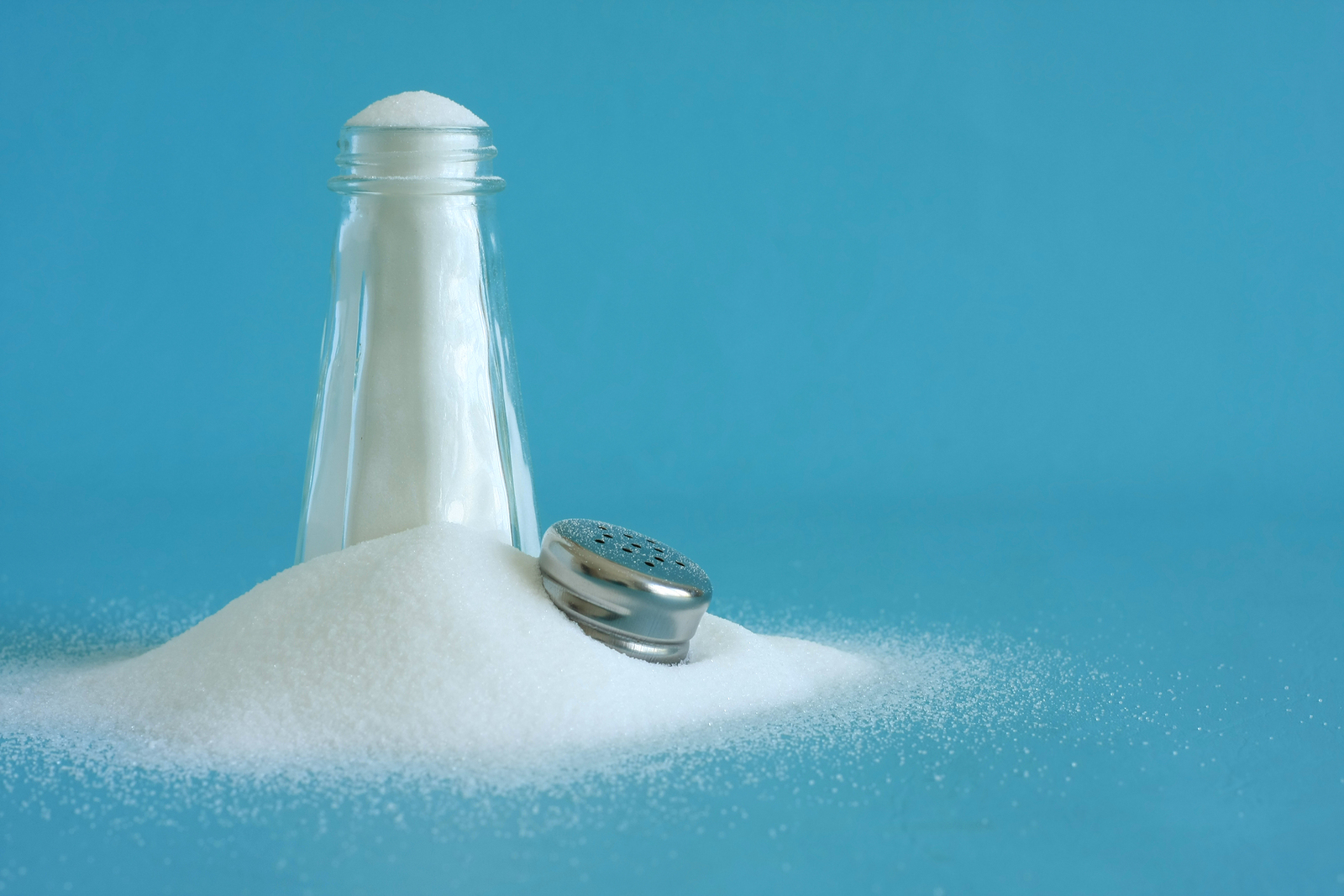Research has proven long back that individuals opting for a high sodium diet are more prone to developing hypertension. Most of our dietary sodium comes from salt in our food. With salt containing 40% of sodium, an individual consumes 1 g of sodium for every 2.5 g of salt consumption (1).
Although the effect of sodium on high blood pressure has well been highlighted, research on the impact of salt on other diseases such as type 1 and type 2 diabetes is still in the initial phase. A previous study suggested that excessive intake of salt increases the risk of developing type 2 diabetes (T2D). Interestingly, this possibly occurs because sodium either directly affects insulin resistance or has an indirect effect by inducing high blood pressure and weight gain (1).
New research also shows that along with type 2 diabetes, high sodium intake may also increase the risk of developing latent autoimmune diabetes in adults (LADA). LADA is a variant of type 1 diabetes where the body’s own immune system destroys the beta cells in the pancreas. However, unlike typical type 1 diabetes LADA develops slowly over a period of years and can be mistaken for type 2 diabetes (1).
Dr. Bahareh Rasouli from The Institute of Environmental Medicine (IMM), Karolinska Institute, Sweden, and colleagues from universities in Sweden and Finland collaboratively conducted the study. This research aimed to identify the link between sodium consumption and the risk of developing T2D or LADA (1).
Data from a Swedish population-based study of risk factors for LADA and type 2 diabetes were used, comparing the 355 and 1136 cases of each, respectively. A matched group of 1379 individuals from a wider population was taken under control. Dietary and genetic influence on diabetes risk was taken into account. The study participants were divided into three groups based on their sodium consumption (low under 2.4 g; medium 2.4-3.15 g; high above 3.15 g) (1).
Researchers found that each extra gram of sodium intake per day increased the risk of developing type 2 diabetes by an average of 43%. The group with high sodium consumption, i.e., above 3.15 g had a 58% higher risk of developing type 2 diabetes than the lowest consumption group (1).
This study showed that sodium intake affected the risk of developing LADA to a greater extent. The risk increased by 73% for each gram of sodium consumed per day. LADA patients with HLA genotypes and consuming over 3.15 g/day of sodium were almost four times more likely to develop the disease than patients with a low sodium intake of less than 2.4 g/day (1).
The authors concluded that, “We confirm an association between sodium intake and type 2 diabetes” and that “high sodium intake may be a risk factor for LADA, especially in carriers of high-risk HLA genotypes.” They suggest that “These findings may have important implications in the primary prevention of diabetes with adult onset. (1)”







4 Comments
Guillain Barre Syndrome: Can surgery be a precursor to cure or is it risky?
5 years ago[…] syndrome (GBS) is an autoimmune disorder affecting the peripheral nervous system (1) and resulting in muscle weakness, and in […]
The Childhood Diabetes And Sugar Addiction | MDforLives
5 years ago[…] can lead to the development of diabetes, most children and adolescents have either type 1 or type 2 diabetes mellitus […]
Trick or Treat: The Correlation of Childhood Diabetes and Sugar Addiction - MDForLives
4 years ago[…] can lead to the development of diabetes, most children and adolescents have either type 1 or type 2 diabetes mellitus […]
Can surgery be a precursor to Guillain-Barre Syndrome? - MDForLives
4 years ago[…] syndrome (GBS) is an autoimmune disorder affecting the peripheral nervous system (1) and resulting in muscle weakness, and in […]